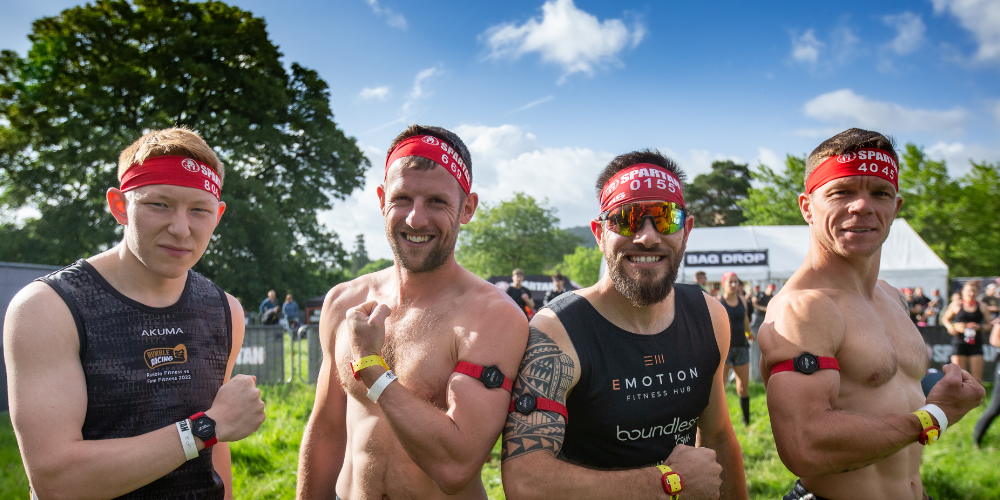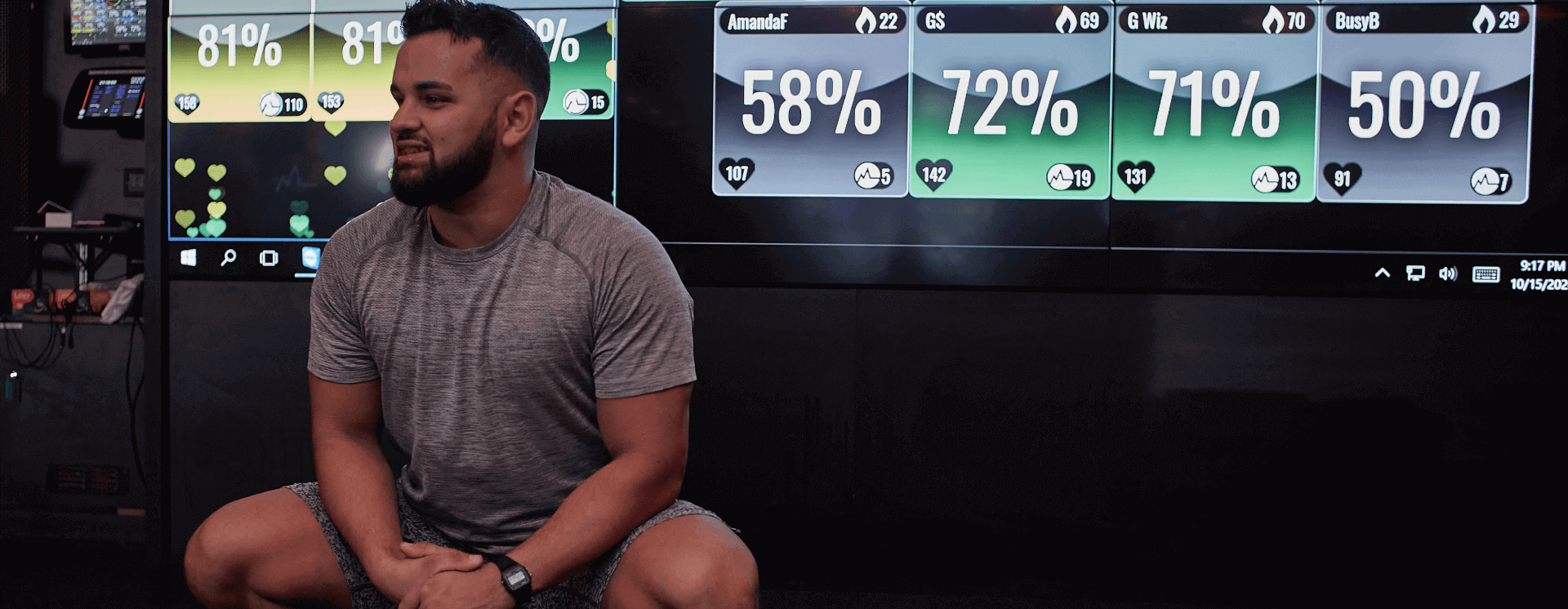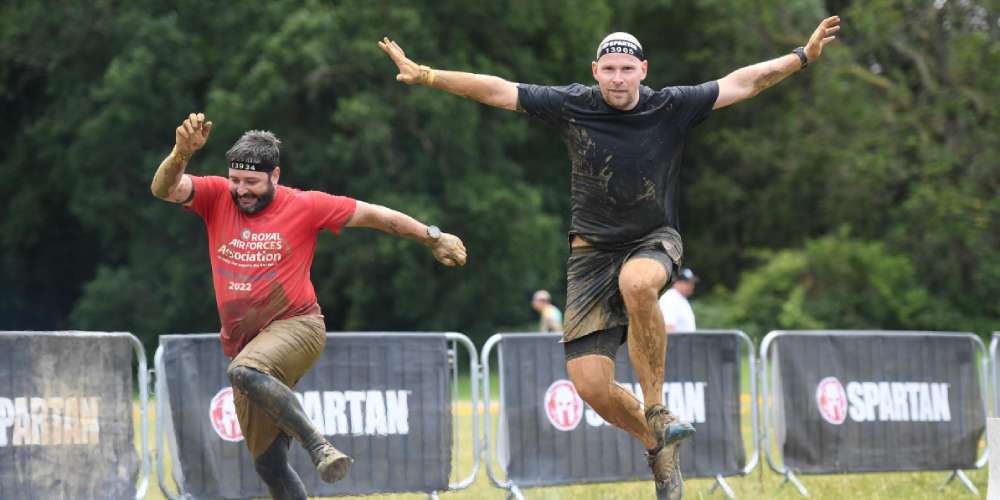Plan your training for obstacles and endurance events
Planning a training programme for an obstacle course race or endurance event can be challenging. You have to think about all the physical demands the event will throw at you, from the endurance segments of the race – running, rowing, and the like – to the obstacles themselves. Here's how to manage your training and intensity in the lead-up to go time!
All races are different. Some have long courses with obstacles spaced further apart; others are sprint distances with obstacles stacked more closely together. Some events include lots of running; others combine multiple types of endurance exercise.
What they all have in common is an endurance interval followed by a dynamic strength or power interval. The strength/power interval is shorter than the endurance interval but is usually higher in intensity.
What if you're new to OCR and endurance events?
In events like Spartan races, most obstacles or strength/power intervals require dynamic, bodyweight movements while potentially creating explosive power with an additional load.
The intervals alternate between endurance and strength/power with no rest in between (unless you have to wait in line at an obstacle). The strength/power intervals could involve climbing up, over, or through challenging obstacles, dragging, carrying, or throwing heavy items.
If you’re starting, you’ll need at least 12 weeks to prepare for your event. The most effective way to structure your training programme is to consider the duration and intensities of all the endurance and strength/power intervals in the event and aim to progress beyond the minimum physical requirements of each.
If you’re new to this, progress your distances, durations, and loads slowly for the first four to six weeks up to the minimum requirements of the race. Once you’ve achieved these minimum distances and loads, focus on the sustained intensity of each interval.
How to perform better on any race day
If you’ve already spent time achieving the minimum physical requirements for the race, your next goal should be to exceed them.
- If you need to carry a specific load, practice with a load that’s 10% heavier and over a distance that is 20% longer.
- If your race terrain is hilly, practice running inclines.
- If you have to run 10 miles with intermittent obstacles, then complete bouts of running with intermittent movement patterns that recreate the duration and movement of the obstacles in the race.
You get the idea...
One of the most important aspects of your training programme is your ability to control the right intensity throughout the race. Your schedule should include longer bouts of moderately high-intensity cardio exercise.
Get used to training with variety
You should practice many distances and durations so your body gets used to certain intensities and you know when to dial the intensity up or take it down. Seeing intensity/how hard you are working in real-time will help you perform a range of desired intensities at will.
The most effective way to measure intensity across all the different types of exercise you are doing is to use your Myzone heart rate monitor during your training. The ability to track intensity in real-time and your total amount of weekly exercise will help you see and feel physiological changes over time.
Understanding and making mental and physical connections to these changes will allow you to make precise progressions and control how you perform daily, so you can compete at your maximum potential.
Share this
You May Also Like
These Related Stories

How to train for your first obstacle course race

What do the training zones mean?



